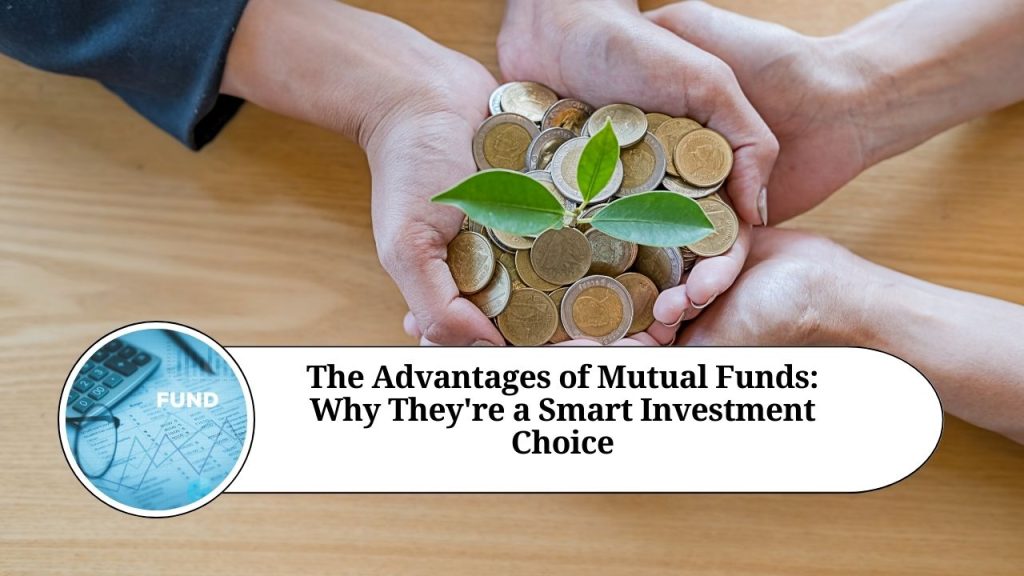Private funds offer an alternative investment option for those looking for consistent returns without the risk of the stock market. Unlike public stocks, private funds are managed by experienced professionals who select assets to achieve maximum returns. Investors can expect 8-12% annual returns, which make them a favorite among wealth creation. Additionally, private funds come with tax advantages, as certain private investments come with tax deferment or lower rates, contributing to overall profitability.
One of the biggest advantages of private funds is diversification. Private funds make investments in a portfolio of property, private companies, infrastructure initiatives, and other high-return investments, spreading risk across multiple assets. Private funds are also less volatile than other investments, providing a more predictable income stream. This minimizes market risk and makes them ideal for long-term financial planning, especially for those who wish to maintain wealth but also generate passive income.
The second most significant aspect is exclusivity. All private funds possess a minimum amount of investment that must be made, meaning there is an invested set of individuals who believe in long-term growth strategies. Others also offer individualized investment strategies to investors so they can tailor their portfolios as per their financial objectives. By investing in the correct fund and doing the correct research, investors can achieve consistent growth without getting caught in short-term market pressure and uncertainty.
How to Choose the Right Private Fund for Stable Returns
Selecting the right private fund is essential for maximizing returns while minimizing risks. First, consider the fund’s track record. A strong history of positive returns indicates solid management and strategic investment choices.
Next, evaluate the fund manager’s experience. A skilled manager understands market trends and can navigate challenges to maintain profitability. Look for transparency in reporting, as funds that provide clear financial updates build trust with investors.
Another key factor is the investment focus. Some funds specialize in real estate, while others target tech startups or energy projects. Understanding the fund’s focus ensures alignment with your financial goals. Finally, check the fee structure. Some funds charge high management fees, which can eat into profits. Compare different options to find a fund that offers competitive fees with strong returns.
Risks and How to Minimize Them in Private Fund Investing
As with any investment, there are risks to private funds. Strategic planning, though, can reduce the downsides. A typical risk is liquidity. Private funds tend to have capital committed for several years, so investors might not get their money out quickly. To avoid this, invest only what you can leave alone in the long term. Also, look at funds that have partial liquidity features or secondary markets to sell shares, which gives more flexibility if circumstances change.
Market movements also impact fund performance. While private funds are less sensitive than public shares, they still follow economic cycles. Diversifying investments between multiple funds, sectors, and asset classes can reduce this risk and generate a more diversified portfolio.
The second is fund management. It can lead to losses if not managed well, and one should research the fund managers well. Look for funds with strong leadership, transparent investment strategy, and consistent past returns. Reading investor reports and understanding the fee structure can also provide an idea of how dependable a fund is.
By carefully assessing such risks, making well-informed choices, and continuous investment tracking, investors can enjoy the benefits of private fund investing safely while protecting their financial future.
Optimizing Your Home Space: Investing in Interior Design
A thoughtfully designed home is more than a residence—it’s an investment in comfort and functionality. Thoughtful interior design can increase property value while creating a space that fosters health. A well-designed layout can make even the most cramped areas feel larger and more inviting, increasing overall home efficiency.
One of the easiest strategies to maximize your home is by smart furniture arrangement. Well-arranged furniture increases flow and provides the illusion of expansive space. Purchasing multi-functional furniture, including storage beds, fold-down tables, or fold-down desks, maximizes the use of space and brings convenience into everyday life. In addition, utilizing built-in storage facilities can declutter rooms, giving them a neater and more organized look.
Lighting matters, too. Natural light boosts mood and energy efficiency, and strategically placed lamps can cozy up a house and make it feel more inviting. Consider layering different sources of lighting, such as ambient, task, and accent lighting, to create a balanced and visually engaging space.
Also, materials of good quality are worth their price in the long run. Choosing durable flooring, counters, and cabinets pays maintenance dollars and adds to resale value. Interior design investors, homeowners who choose wisely, can create a cozy yet stylish home which improves their life while adding property value.
Smart Investments in Comfort: Home Improvement as an Asset
Home improvement isn’t just about aesthetics—it’s a strategic investment that enhances property value and quality of life. Smart upgrades can turn a house into a more efficient and enjoyable space while increasing its market appeal.
Here are some of the best home upgrades with high returns:
- Energy-efficient windows and insulation: Reduce energy costs and improve comfort.
- Kitchen and bathroom renovations: Modern updates significantly boost resale value.
- Outdoor enhancements: Landscaping, patios, or decks increase curb appeal.
- Smart home technology: Security systems, smart thermostats, and automated lighting add convenience and efficiency.
Before investing in home improvements, consider both personal needs and potential resale value. Prioritizing upgrades that balance comfort with long-term benefits ensures a smart and rewarding investment.

